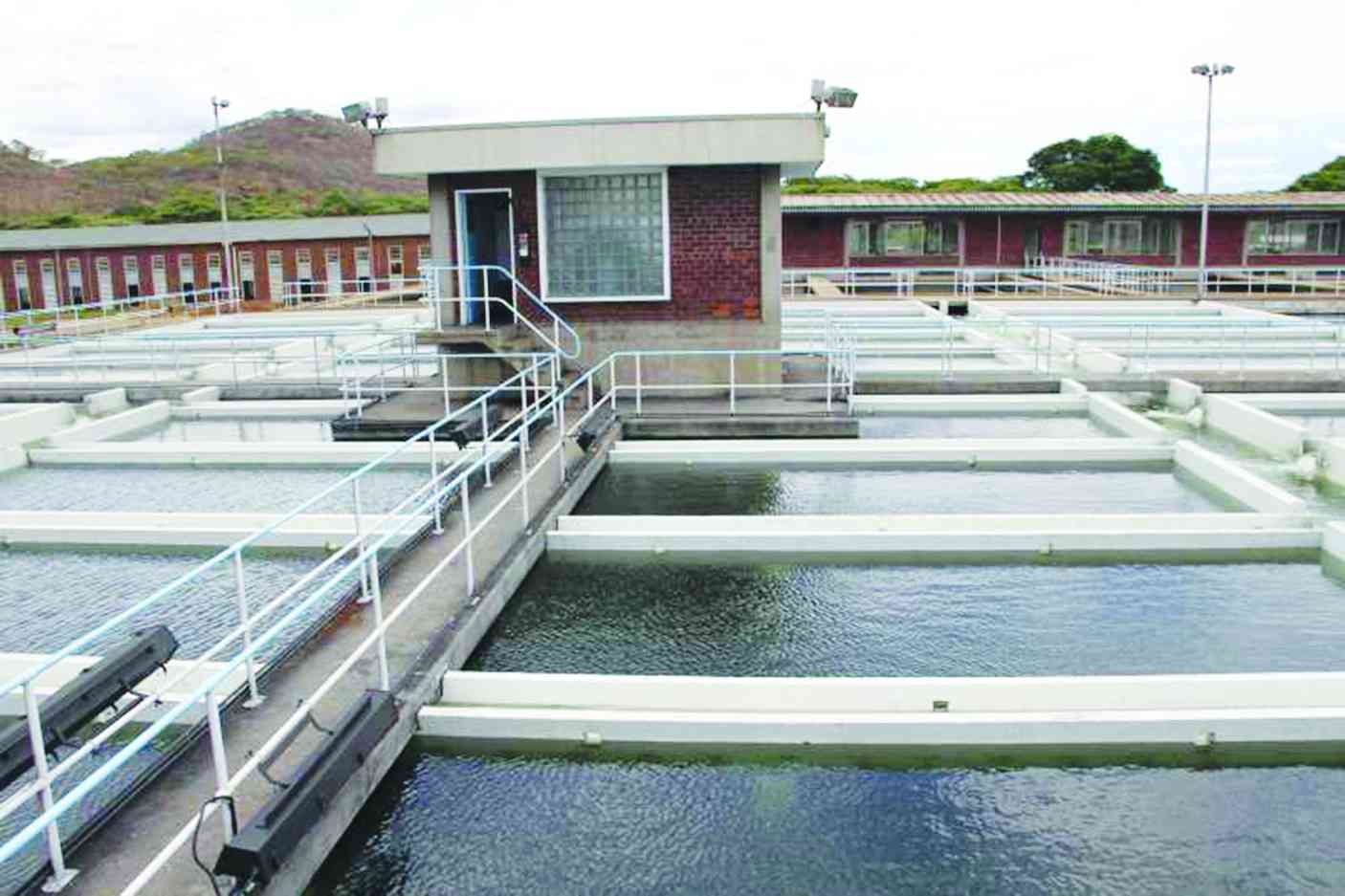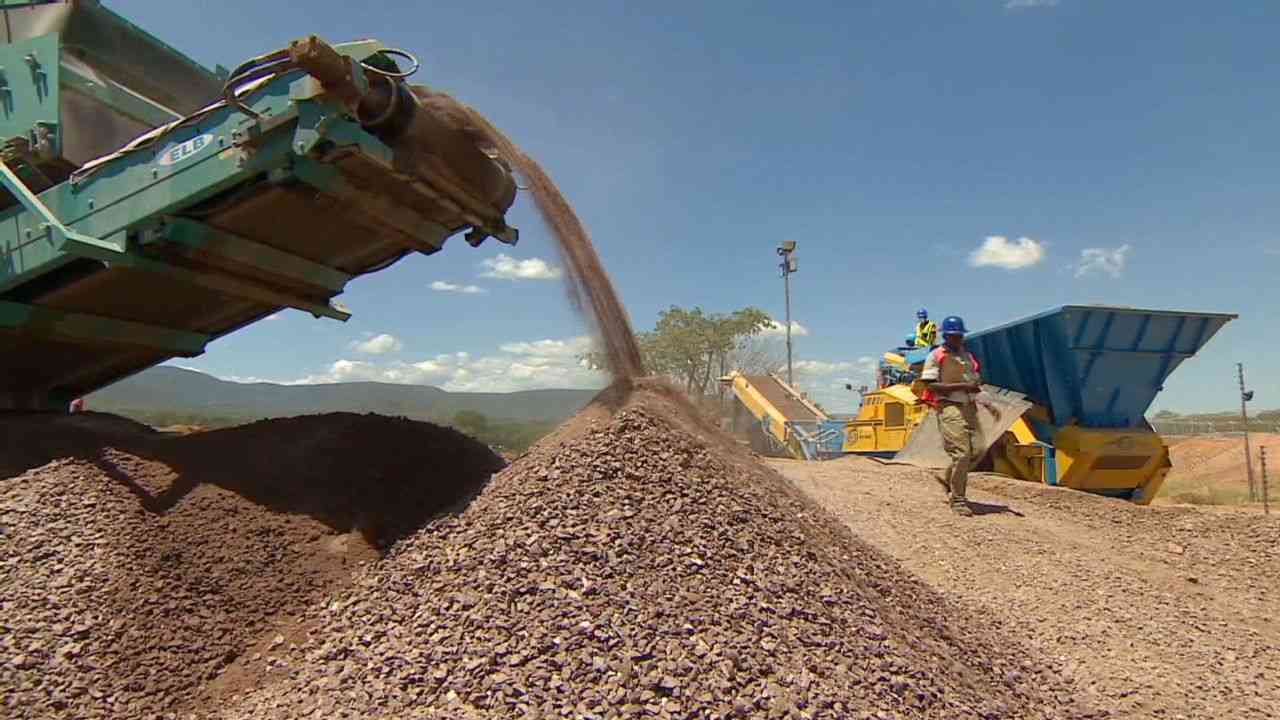
THE financial sector is not just at a crossroads, but at the forefront of a global shift towards sustainability. The stark realities of environmental degradation, erratic rainfalls, cyclones, rising global temperatures, social inequality and injustice have thrust the sector into a pivotal role.
The question is no longer whether to continue down the path of business as usual, but how to lead the charge towards a new era of sustainability.
Responsible corporate citizens, especially those in finance, play a crucial role in addressing these challenges, as sustainability has become increasingly important. Their actions can make a significant difference.
Despite their seemingly disparate nature, finance and real estate are emerging as powerful agents of positive change.
Their intersection is not just crucial but brimming with potential to drive a more resilient and equitable future. The nexus between sustainable finance and real estate is where we can turn the tide, where capital flows and investment decisions can steer us towards a greener, more equitable tomorrow.
In this critical intersection, the stakes are high, but the opportunities for transformative change are vast. This article will explore the dynamic relationship between sustainable finance and real estate and how they can unite to reshape the built environment, fuel innovation and create a more resilient and regenerative world for future generations.
Sustainable finance, a term that refers to the integration of environmental, social and governance (ESG) considerations into financial decision-making, has a rich historical context.
It involves considering the long-term impacts of investments on the environment, society, and governance practices. Sustainable finance aims to redirect capital towards activities that support sustainable development and reduce harmful practices.
- Malinga: Pioneer of disability movement in Zim, Africa
- We are transparent, says Econet after CDP disclosure
- The nexus between sustainable finance, banking and real estate
Keep Reading
It has its roots in the 1960s and 1970s when ethical investing and environmental concerns emerged. However, it did not start to gain momentum until the 2000s.
The United Nations Environment Programme (UNEP) launched the “Finance Initiative” in 2000, which aimed to mobilise private sector finance for sustainable development.
This was followed by establishing the Equator Principles in 2005, which provided a framework for environmental and social risk management in project finance.
The Carbon Disclosure Project (CDP) was launched in 2006, helping companies measure and manage their carbon footprint. The UN-backed Principles for Responsible Investment (PRI) were established in 2010, providing a framework for investors to incorporate ESG factors into their investment decisions.
Sustainable finance has become mainstream today, with investors, banks, and companies increasingly incorporating ESG factors into their decision-making. The growth of green bonds, impact investing, and ESG-themed funds has been remarkable.
Sustainable real estate, also known as green building or sustainable property, began in the 1960s and 1970s when environmental concerns emerged. However, it did not start to gain momentum until the 1990s.
The development of sustainable real estate can be attributed to several factors, including:
Environmental concerns: The need to reduce carbon emissions, conserves natural resources, and mitigates the impacts of climate change.
Economic benefits: Sustainable buildings have been shown to increase property values, reduce operating costs, and improve occupancy rates.
Social benefits: Sustainable buildings can improve occupant health, productivity, and well-being.
Today, sustainable real estate is a global phenomenon, with various countries and organisations adopting different approaches to sustainable development.
Some of the key milestones in the development of sustainable real estate include:
The US Green Building Council (USGBC)’s Leadership in Energy and Environmental Design (Leed) certification programme was launched in 2000.
The European Union (EU)’s Energy Performance of Buildings Directive (EPBD) was established in 2002.
The International Finance Corporation (IFC) launched the International Green Building Certification programme in 2012.
At the global level, sustainable real estate is being applied in various ways, including:
Green building certifications such as Leed, Energy Star, and BREEAM.
Energy-efficient design: Incorporating natural light, insulation, and renewable energy systems.
Sustainable materials: Recycled, recyclable and sustainably sourced materials.
Water conservation: Implementing water-saving measures and grey water reuse systems.
Resilience and adaptability: Designing buildings to withstand natural disasters and climate change.
The nexus between sustainable finance and sustainable real estate is clear. Sustainable finance provides the capital needed to develop and invest in sustainable real estate projects, while sustainable real estate offers a tangible asset class for sustainable finance to support. Together, they can create a virtuous cycle of sustainability that benefits both the environment and the economy.
Sustainable finance is no longer a niche concept, but a critical component of the financial sector’s future. By integrating ESG considerations into lending and investment decisions, banks can reduce risk, capitalise on new opportunities and contribute to a more sustainable future.
The nexus between sustainable finance and real estate is at the heart of this transition. Buildings and infrastructure are significant contributors to greenhouse gas emissions and environmental degradation, but they also hold immense potential for sustainability innovation.
By directing capital towards sustainable real estate projects, banks can support the development of green buildings, renewable energy systems and resilient infrastructure. This reduces the built environment’s environmental impact and creates new investment opportunities and revenue streams. Banks play a crucial role by only accepting collateral of sustainable real estate.
The benefits of this nexus extend far beyond the financial sector. By supporting sustainable real estate development, banks can create sustainable communities, improve public health and support economic growth.
Moreover, sustainable real estate development can also help to address some of the world’s most pressing challenges, such as affordable housing, urbanisation and climate change.
By incorporating green building materials, energy-efficient systems and sustainable land use practices, developers can create buildings that reduce their environmental footprint and provide healthy and productive spaces for occupants.
In addition, sustainable real estate development can also help to promote social sustainability by incorporating community engagement, cultural heritage preservation and inclusive design principles.
This approach can help create buildings and spaces that are both environmentally sustainable and socially responsible.
In conclusion, the nexus between sustainable finance and real estate is critical to a sustainable future. By embracing this nexus, banks and financial institutions can play a leading role in supporting the development of sustainable communities, reducing environmental impact and promoting social responsibility.
The time for action is now — the future of our planet depends on it.
Juru is the chairperson of the Green Building Council of Zimbabwe and the chief executive officer of Integrated Properties. — +263 773 805 000.










